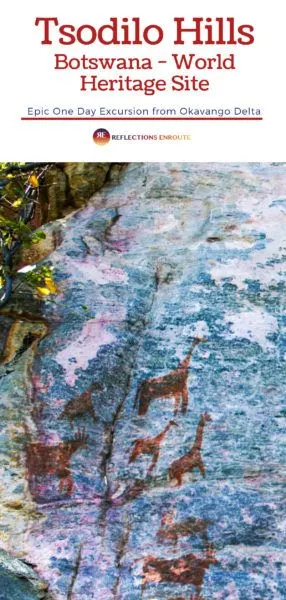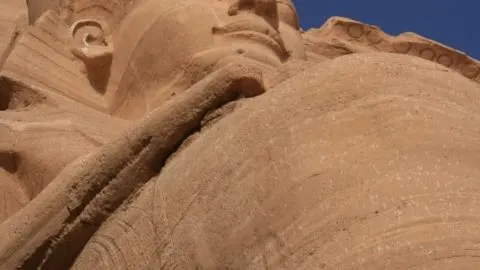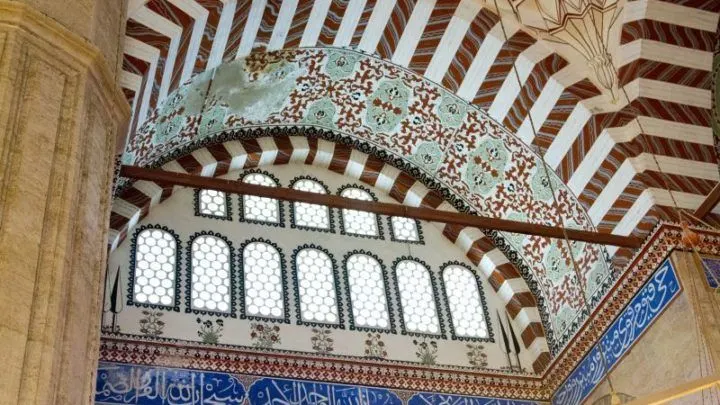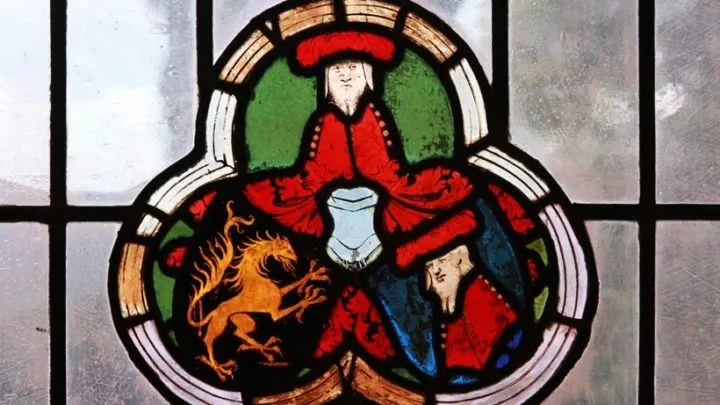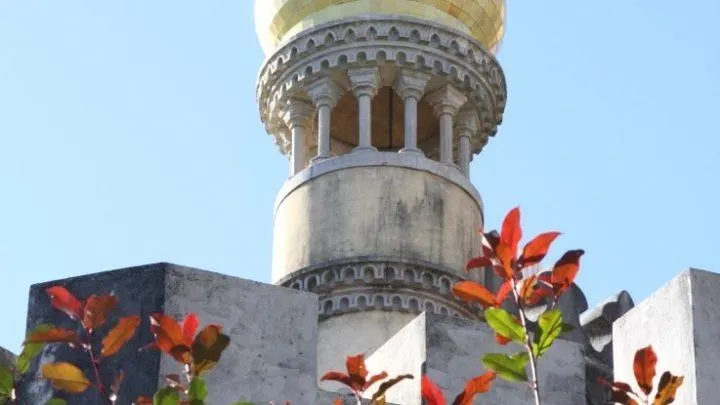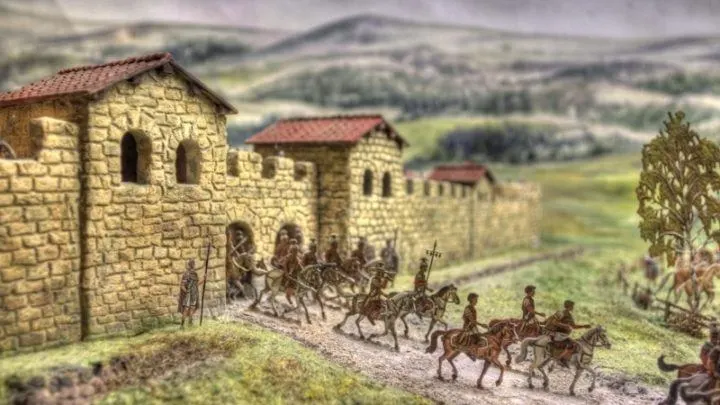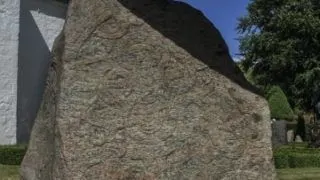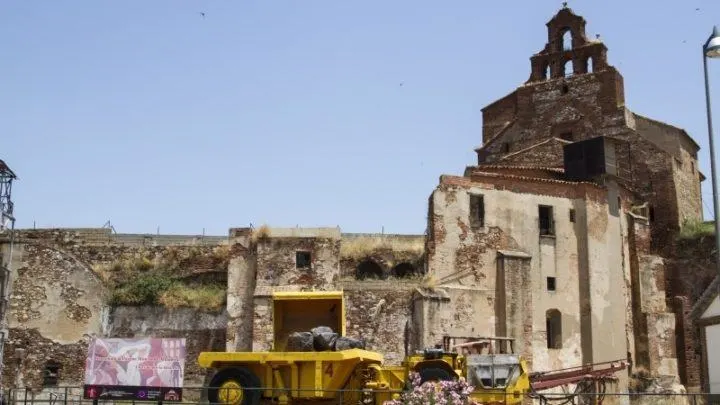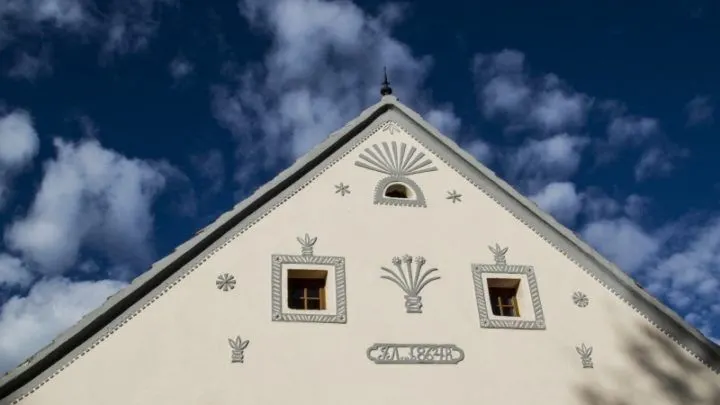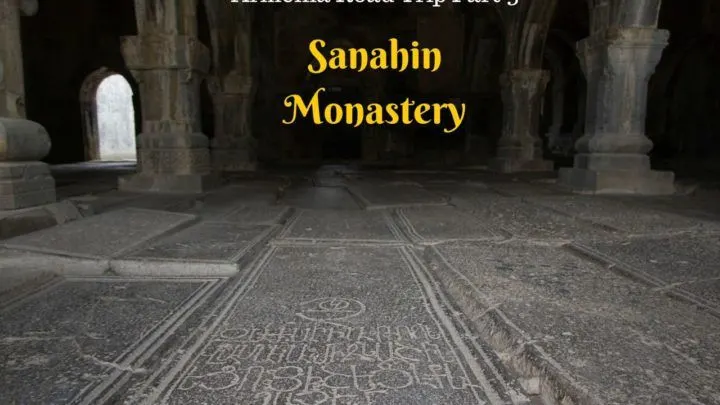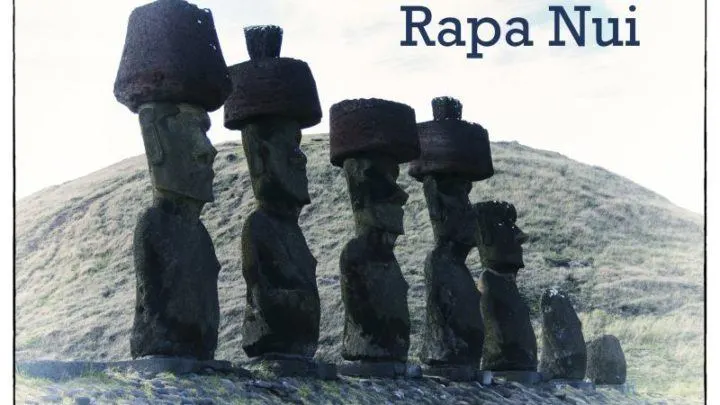Do you love world heritage sites? Don’t you want to check out the most amazing and ancient site in Botswana? When you go, make sure to put Tsodilo Hills on your itinerary…here’s why!
Continuing on our colossal road trip in Botswana, we had just had our amazing mokoro ride into the Okavango Delta communing with a bloat of hippos, and we were still looking for more adventure. We thought visiting Tsodilo Hills World Heritage Site, well off the normal tourist path, was exactly what we needed.
We’d been on safari after safari, and don’t worry, I never got tired of seeing all the amazing African animals. Each safari was completely different, but now we had a chance to find out about the history, the ancient peoples of Botswana. I couldn’t wait. I love this stuff.

Tsodilo Hills The World Heritage Site
We had to do some work to get Tsodilo Hills on our agenda. As we were setting up our trip, our planner didn’t even mention Tsodilo. We only knew about the site because checking out what the world heritage sites are in a country is one of our steps to planning any trip. Botswana, we found out, only has two of them. That’s why we had no intention of missing one of them.
We wanted to visit both of the world heritage sites, and luckily they are both in the same area. The other site is the Okavango Delta, and as I said we’d just plied those waters the day before. We implored Andy to schedule Tsodilo in. He did, and boy were we happy.
Even though Tsodilo is an amazing world heritage site, it’s not very well known. People visit Botswana primarily for its variety of wildlife, and it’s such a way into the Kalahari Desert that most people pass it up. In fact, the day we were visiting, we only saw one other couple. That’s it!
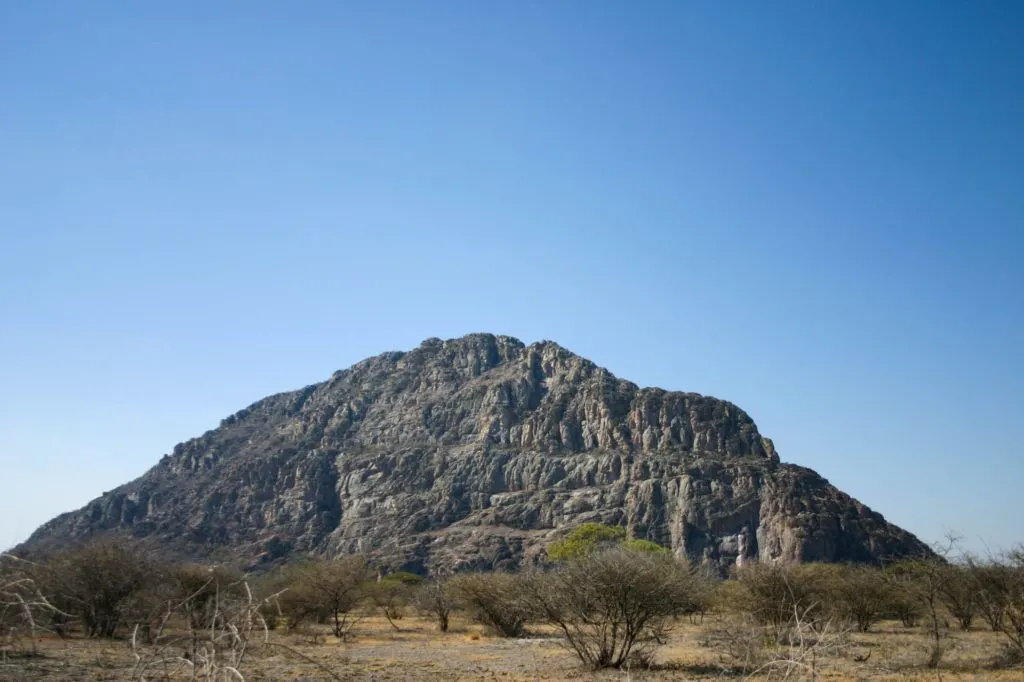
Tsodilo’s Ancient Rock Paintings
One of the most important sites in Botswana, Tsodilo Hills and its ancient rock paintings is one of the reasons Botswana is famous.
Tsodilo was inscribed on the UNESCO World Heritage List in 2001 due to the 100,000 years of human usage through the rock art, shelters, and caves that are found on the site. While you are hiking the four hills, Male Hill, Female Hill, Child Hill, and North Hill, you will see that there are red rock paintings on many surfaces. Today this is still a sacred site for the San bushmen, but other tribes such as the Bantu, the Khoi, and the Hambakush have also left their marks.
The paintings are unique due to what’s depicted and how they are made. One reason this site is so special is because the rock paintings differ from other parts of Africa. One of the main differences are that the other paintings are made using brushes, whereas the ones in Tsodilo were made by finger painting. (source)
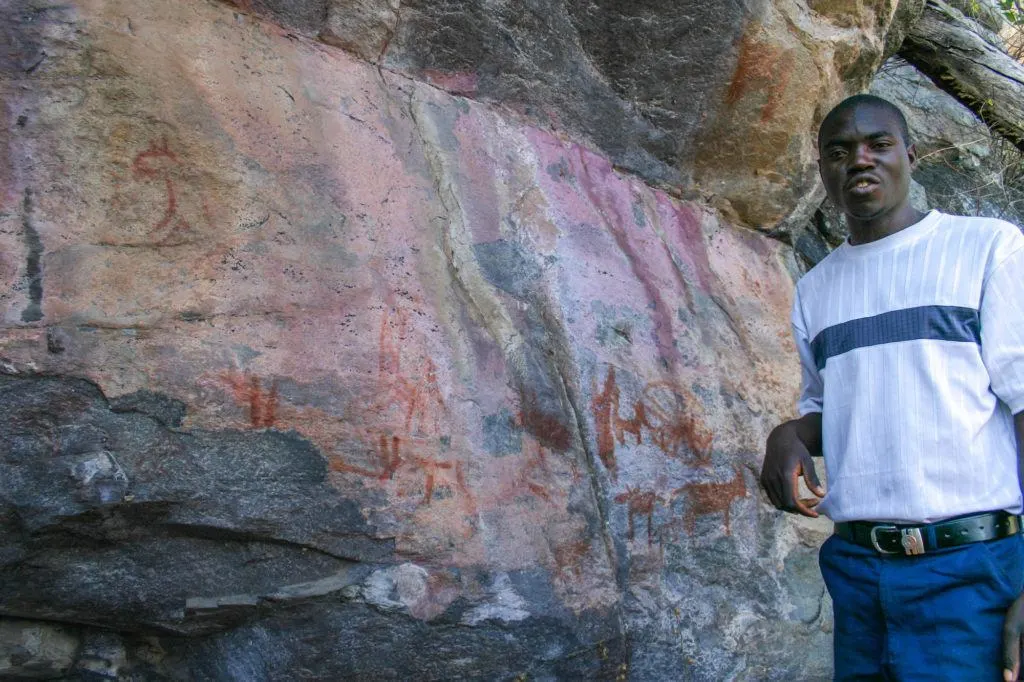
Another difference is the variety of depictions. In Tsodilo there are over 4500 rock paintings, and most are of wild animals as well as cattle. There are also pictures of people and geometric patterns. The simple geometric patterns and people herding cattle make the paintings unique.
Even though the rock paintings are often on sun and weather exposed walls, we were surprised how clear they were.
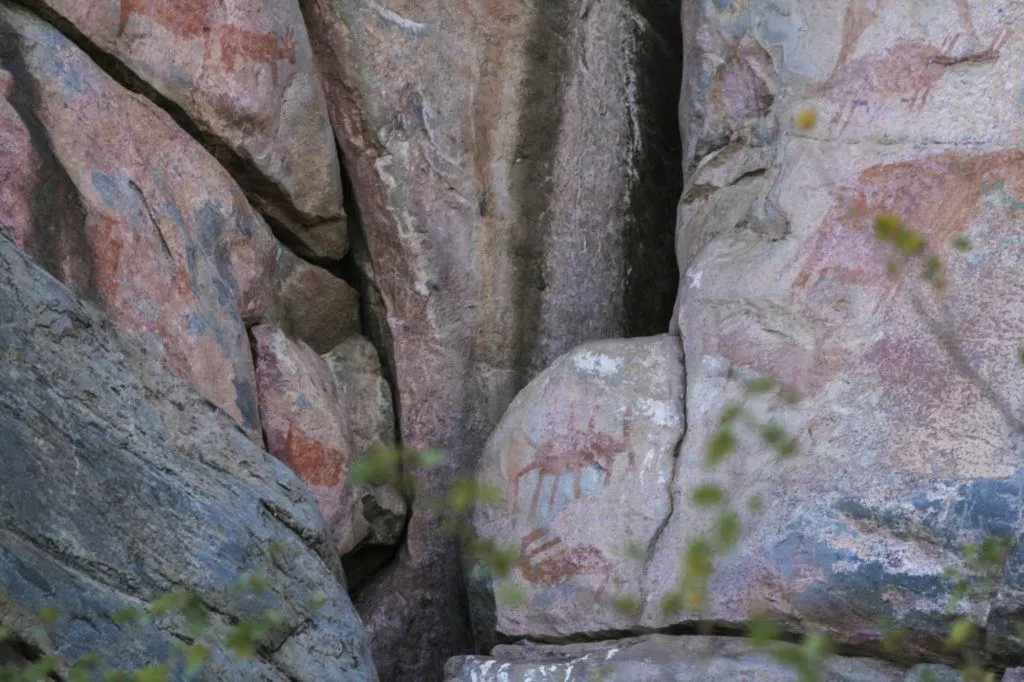
Our Tsodilo Hills Experience
As I mentioned, getting to the site is a bit off the main drive. In fact, the road is dusty and at times difficult to navigate. You definitely cannot go too fast. Not that we wanted to, this was the first time we were really driving through the Kalahari so we wanted to take it all in.
It was a hot day, so we wanted to open the windows, but there was way too much dust. As we had come south from Kasane, most of the highway had buildings, some trees, but as we drove northwest out of Sepupa, it was much more of an arid, scrubby landscape. It was mid-morning, climbing towards noon, so we really didn’t see any wildlife.
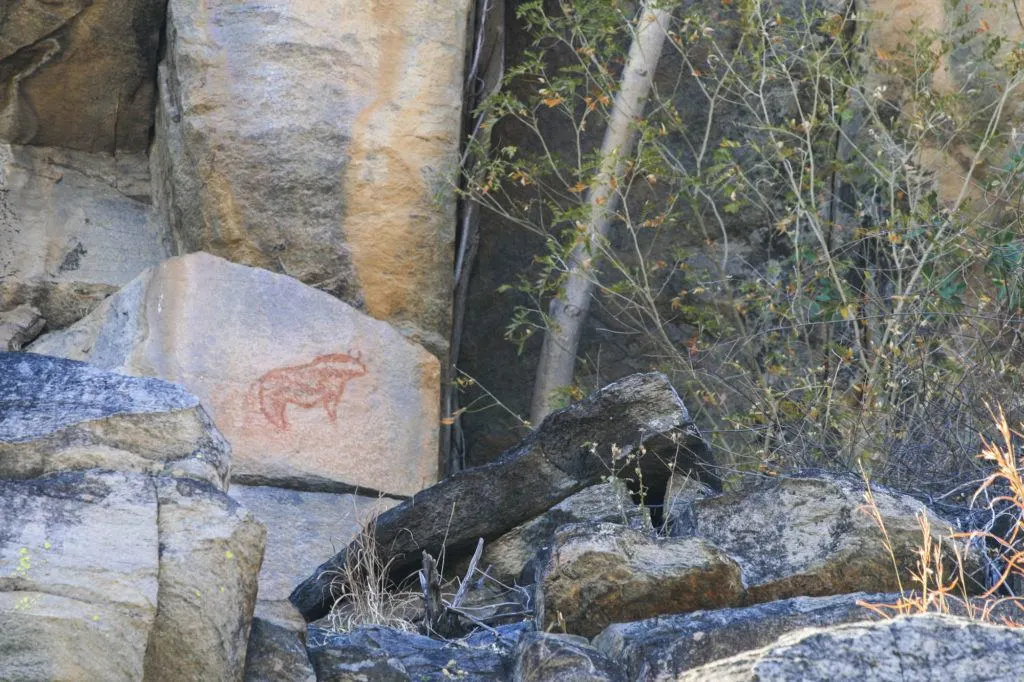
When we arrived at the Headquarters camp (Rhino), we talked with the ranger who immediately suggested that we hire a guide to show us the Tsodilo rock paintings, and we felt that the nominal fee was well worth it. Our guide was a young San Bushman who had left the area to go to school and was happy to be back.
He enjoyed telling us the San Creation Story of Tsodilo Hills. All of the well-worn trails, grooves, and shelters make up the birthplace of the first people of which the San are descendants. (source) After our walk, we made our way back to the museum, where the San people that run the site were friendly and knowledgeable. I asked question after question, which for me is always important.
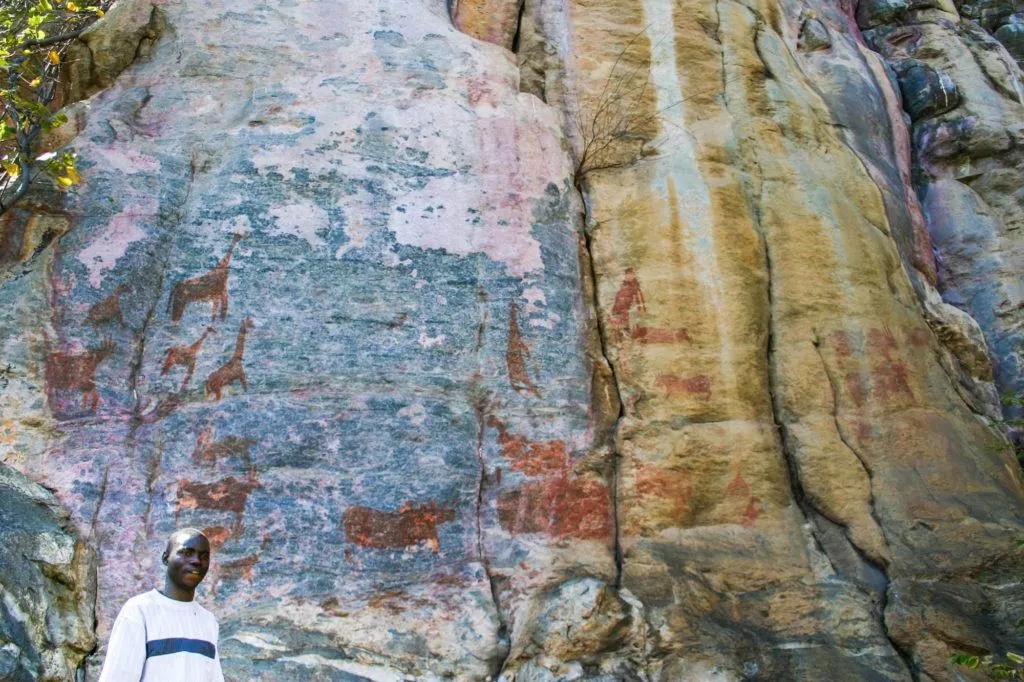
FAQ
What Activities Are There at Tsodilo Hills?
The main activities in Tsodilo Hills are camping and hiking around the hills, staying on the marked trails of course. Rhino Trail, Cliff Trail, and Lion Trail will take you past all the important rock paintings. I recommend getting a guide to hear to some local history and personal stories as well.
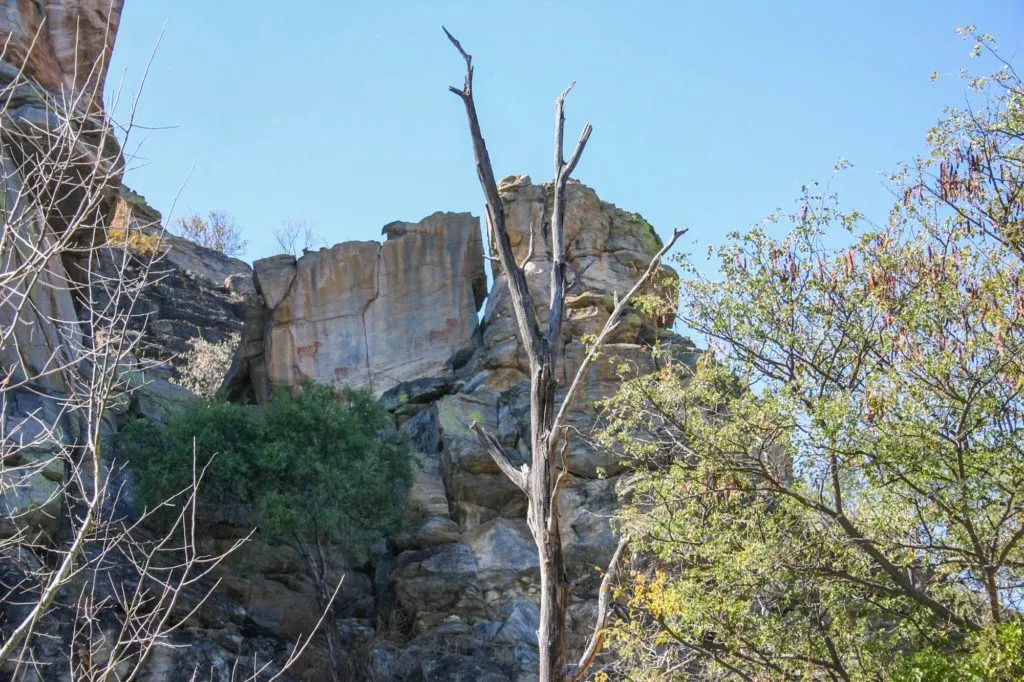
Can You Camp in Tsodilo Hills?
There is camping allowed on Tsodilo grounds, but there are few to no amenities. There is one larger campsite that is supposed to have a bathroom, but it’s not reliable. If you plan on camping in Tsodilo, one night is definitely enough.
How to Get There?
The road to Tsodilo Hills is not paved, is riddled with potholes and washboards, and may be muddy after the rain. It’s recommended to go by 4X4 truck, as we did. The site is about 40 kms. long and will take you more than an hour to drive it during the best conditions.
Driving from Maun to Tsodilo:
Take the A3 to the A35, then turn on the Sehithwa-Shakawe road to Tsodilo Hills. It’s about 370 kms. but will take a minimum of 5.5 hours. Most people spend the night closer to the site, because you don’t want to drive during darkness.
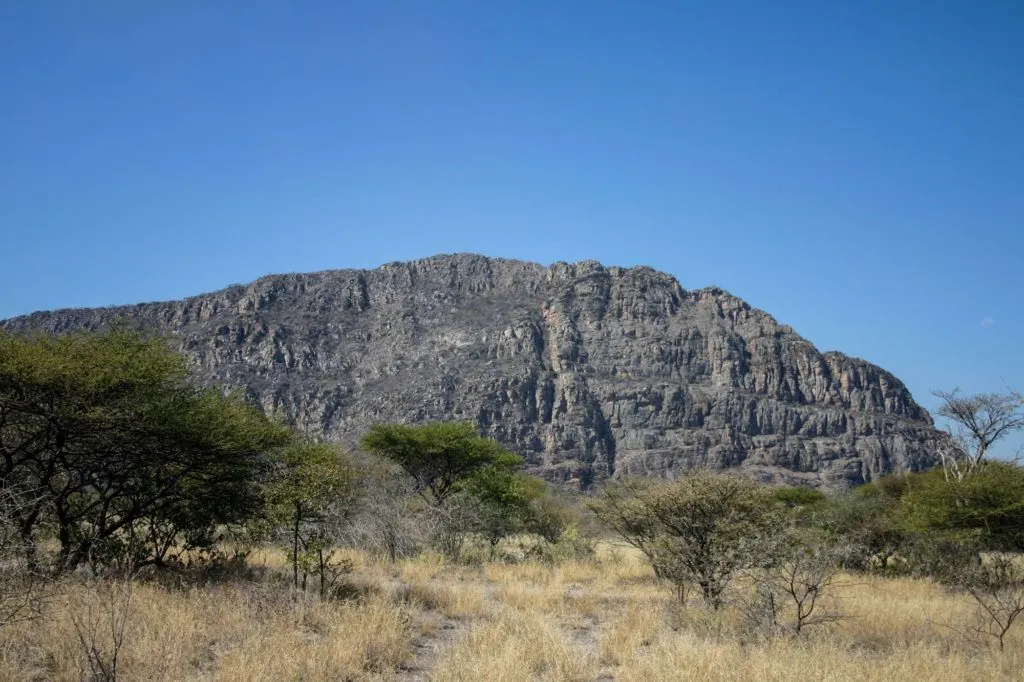
What Are the Tsodilo Hills Entrance Fees and Opening Hours?
Tsodilo Hills is open all year round and is free to enter. When you first arrive, check in at Rhino Headquarters. There are guided paths to follow that will take you past the rock paintings. However, there are locals who will guide you and tell you about the history, legends, and personal stories. It costs a nominal fee to hire the guide and we highly recommend you do.
Other Places to Find Ancient Rock Paintings and Carvings We’ve Visited
- Albuquerque, NM. Petroglyphs
- Billings, MT. – Pictographs
- Tanum, Sweden – Rock Paintings
- Lista, Norway – Rock Paintings
Conclusion
For anyone who is interested in ancient peoples, Tsodilo Hills is a must stop on your Botswana itinerary. We loved hearing the legends and talking with our guide. It was quite a bit off the beaten path, and that just made the entire experience that much better.
Author Bio: Corinne Vail is a travel photographer, food lover, and a perpetual traveler who has been travel writing for over 14 years. For many years she lived overseas in Germany, Japan, Turkey, South Korea, and the Netherlands teaching the children of the US. military. She’s visited over 90 countries, and she’s not stopping anytime soon.
If you enjoyed Tsodilo...
Pin Tsodilo Hills!
